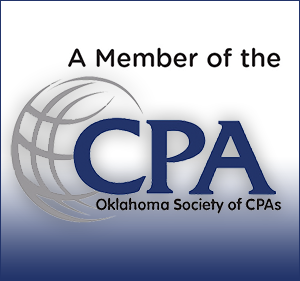
Prepare the Kids
Unless you went to a school (K-12) that included business/money classes, chances are you didn’t learn basic finance until you were older.That’s why starting kids early in their understanding of how to make deposits, withdrawals and balance their checkbooks is key. Here’s a resource for downloadable PDFs that you can use to help kids understand the basics of banking. You can even read a children’s book on personal finance to your grands or nieces and nephews, something like The Berenstain Bears’ Trouble with Money.
Both of these resources give kiddos a strong foundation for digesting more complex financial products, like Non-Fungible Tokens (NFT) and cryptocurrency. (You can save those for when they’re older.) When children master everyday money tasks, they’re better equipped to navigate life when they leave the nest.
Subscribe to a Blog or Podcast
You can choose personal finances, investing, or whatever you like. Educating yourself about how to make the best use of your money will pay off – and we’re not talking about just cash. You’ll also discover a variety of strategic directions about how to handle future financial issues. A few blogs to check out are Think Save Retire and The Penny Hoarder. Here are a few more. In terms of podcasts, check out Millennial Investing and Ditch the Suits. After you’ve digested some helpful nuggets, share them with your family and friends.
Learn More with Jumpstart Coalition
Jumpstart Coalition is a non-profit organization out of Washington, D.C., that houses a world of info about all things money – a curated database of financial education resources. From tax tips to credit unions, it’s a one-stop shop. Just spend a little time looking around, and you’ll finish smarter than when you started.
Attend Your State’s Financial Literacy Events
While this varies from state to state, be on the lookout in April for an announcement signed by your governor or your state representative. Typically, these are held in your capitol and are free. For example, the Idaho Financial Literacy Coalition holds a piggy bank beauty contest for elementary kids. All you have to do is search (Google, Bing, your choice!) “[State] April literacy month events,” and a list will come up. After you’ve attended, you might even think of creating a seminar of your own.
Go Over Your Monthly Budget
So, after you’ve filled your noggin with all your new money knowledge, you might want to review your finances for the month to see where you can tweak. Money is a fluid situation, as you well know, and applying new tricks and tips can help exponentially.
At the end of the day, and of course, the month, taking time to dive into improving your financial literacy – and spreading the news – is well worth it. When you’re fiscally fit, everything else in life seems to fall into place.
Financial Literacy Month 2024: Financial Literacy Activities to Start With | EVERFI
April is National Financial Literacy Month (moneyfit.org)
Disclaimer
Continue Reading
Disclaimer





